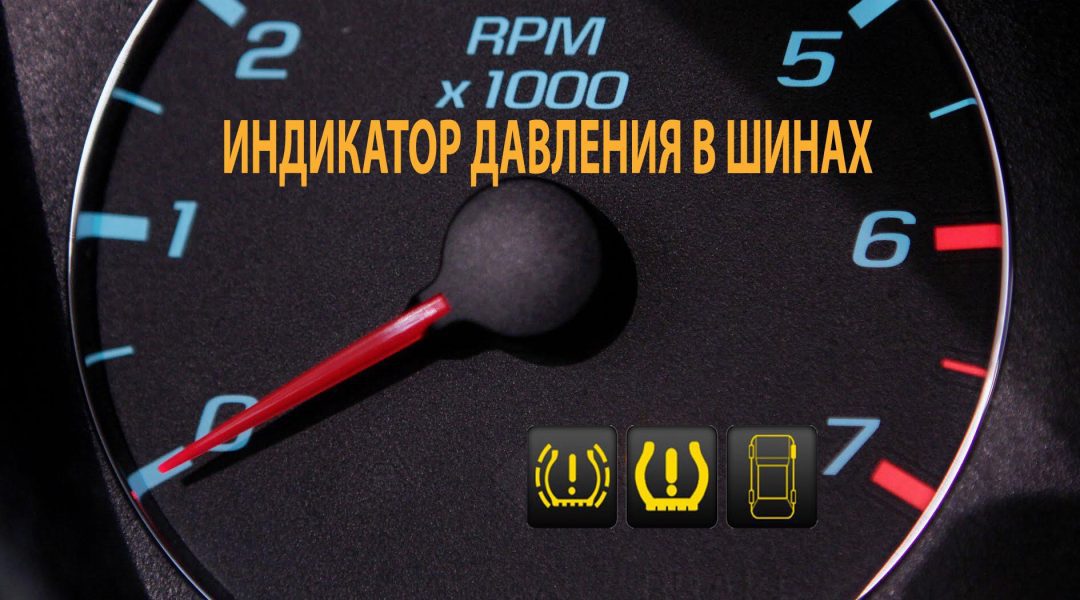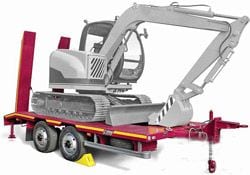
What does your low pressure indicator look like?
Most people are familiar with the most important warning signs. It's hard not to recognize these signs and symbols when your dashboard lights up bright red. When you see a dire warning signal, it often becomes clear that something is wrong and you need to find out the source of these problems and develop a repair plan.
There are a few lesser-known warning signs that, although they do not indicate impending emergencies, it is still important to recognize and respond to them quickly. Some of them make a lot of sense - a yellow "check engine" light, of course, means you should take your car and have a mechanic check your engine - but some aren't as intuitive. For example, a small yellow horseshoe with an exclamation point in the middle. What does it mean?
The horseshoe warning light is a symbol of low tire pressure and indicates that one or more tires have low air levels. You can quickly lose air due to a puncture and this is an issue that you need to address immediately. But even if you're not facing an emergency, it's a good idea to stop and fill your worn tires as soon as possible. Uneven pressure causes your tires to wear differently which can eventually lead to vehicle instability. Poor tire pressure also leads to poor fuel efficiency in your vehicle.
Tire pressure and temperature
Intuitively, tire leaks can cause low air pressure, but this is not the most common cause of air pressure problems. More often than not, the weather outside your tire affects the pressure inside. High temperatures increase air pressure; cold temperatures reduce it.
Why? due to thermal compression of the air. Hot air expands and cold air contracts. If the air pressure was set during the hot summer months, the air in your tire will lose volume when autumn brings cooler weather to your area. If set in the winter, then vice versa. In both cases, the air pressure indicator is likely to come on as the season and outside temperature change.
Nitrogen filled tires
One way to account for this change in air pressure caused by the weather is to fill the tires with pure nitrogen rather than plain air. Although air contains about 80% nitrogen, that extra 20% makes a big difference. Nitrogen still reacts to changes in temperature, but it does not lose or expand in volume like air does. Why? Water.
Oxygen easily combines with hydrogen to form water. There is always moisture from the environment in the air, and no tire pump can fully take it into account. Every time you fill your tires with air, moisture gets into them. This vapor expands when heated. Tires filled with nitrogen cannot withstand moisture, so they expand less than air, causing less pressure fluctuations.
The moisture problem also causes corrosion inside the tire, which contributes to the overall wear of the tire. Water can freeze and damage the tire rubber. Nitrogen prevents this problem, extending tire life and saving you money.
There is another reason to use nitrogen: it leaks less! From our point of view, rubber may seem solid, but like everything else, on a microscopic level, it is mostly space. Nitrogen molecules are larger than oxygen molecules; it is more difficult for pure nitrogen to escape through the rubber.
Chapel Hill Tire can fill your tires with nitrogen at an affordable price, ensuring they stay happy and the air pressure stays more even. You will see less of this funny horseshoe with nitrogen filling service.
Expert Tire Service at Chapel Hill Tire
You probably already guessed by the name, but we'll tell you anyway - Chapel Hill Tire specializes in tire fitting. We can sell you tires, fill your tires, check air pressure, fix leaks, fix tires and fill you with nitrogen, all at lower prices than you'll find at any dealership. If the air pressure light comes on - or any other light, for that matter - just make an appointment and come. We will get you back on the road as soon as possible, without a warning light.
Back to resources
